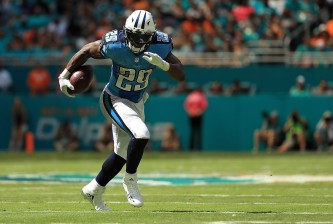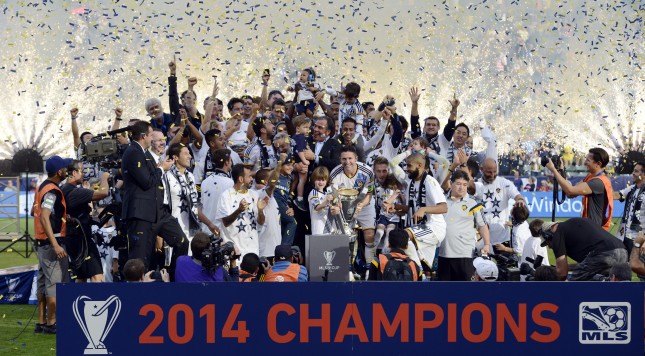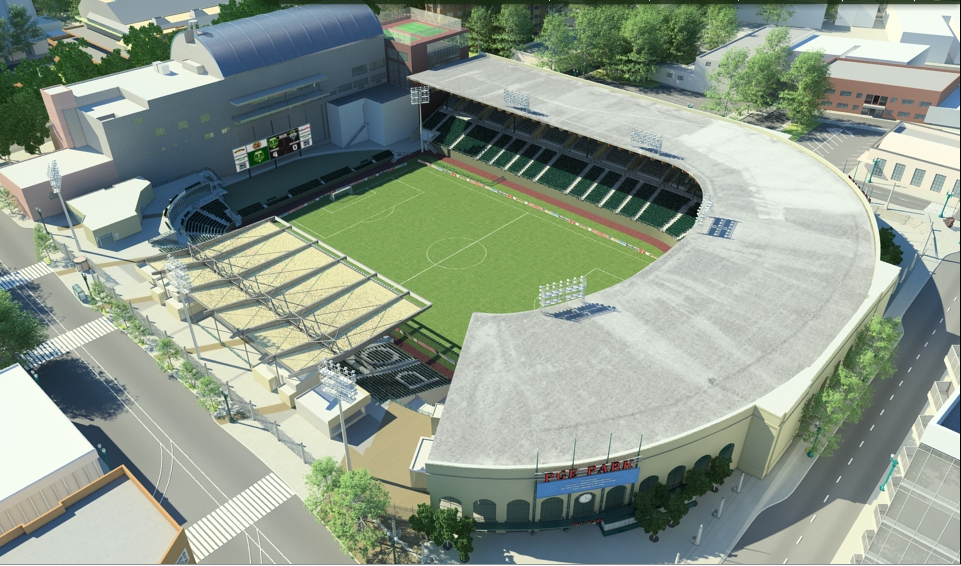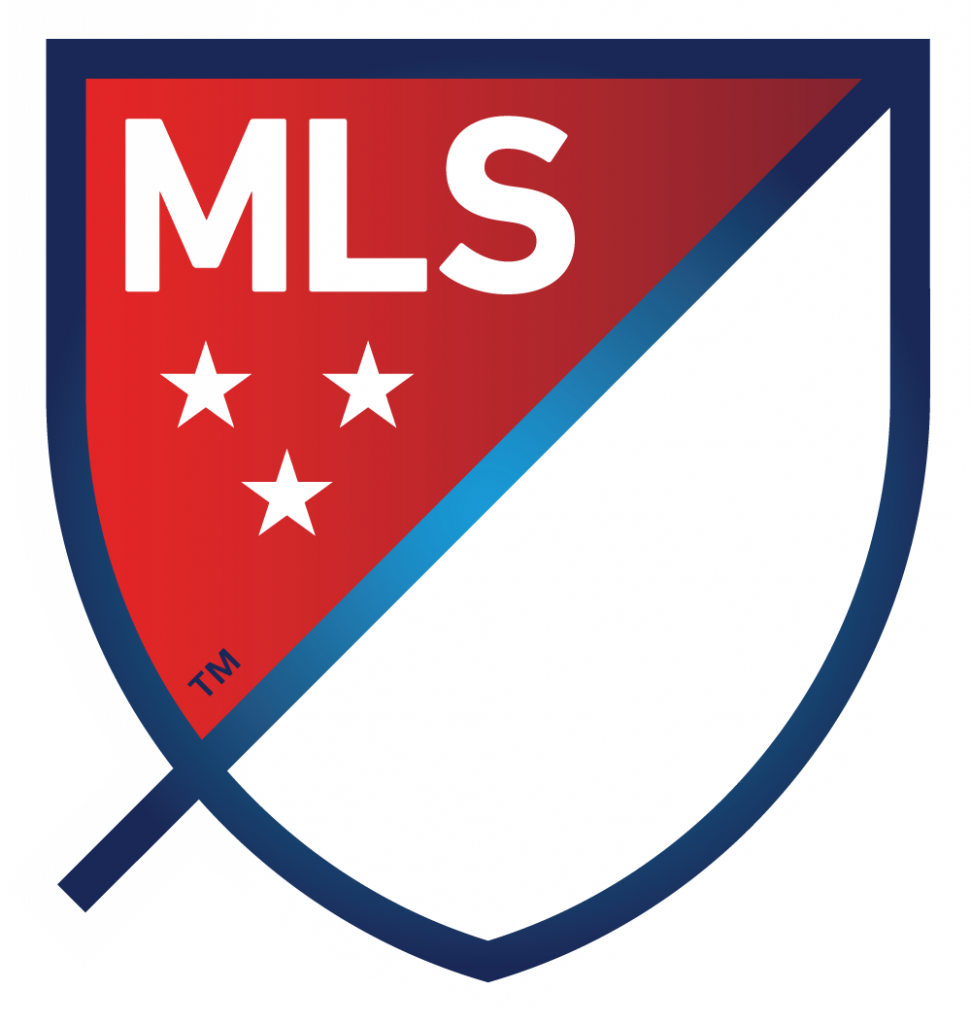This week we shift continents and address the current state of Major League Soccer and what the future might hold.
Its inaugural season began in 1996. Within a year, attendance began to drop. And by 2002, the league had lost some $300 million and two of its original ten teams had ceased operations (Miami Fusion and Tampa Bay Mutiny).
Fast forward to 2014, and while issues still exist, the following of soccer in the United States is up. Let’s take a look at the reasons for optimism.
New teams starting up
With New York City and Orlando each sporting new teams in 2015, MLS will have twenty teams (Chivas USA ceased operations after the 2014 campaign).
Newly-franchised teams on the horizon are set to be in Atlanta and Los Angeles (the second team in the City of Angels), and they are already approved and will begin play in 2017.
A Miami team (with David Beckham backing it) is also slated to join MLS, but has not been officially awarded pending a permanent stadium venue. While some of the recent additions have been upgrades from lower division teams in the United Soccer League, the USL has added teams as well and filled their depth nicely.
The MLS is currently looking at adding teams in Sacramento, Las Vegas and Minneapolis, with the goal to have 24 teams by the end of the decade, according to commissioner Don Garber. This is a positive sign as well, serving to increase support for soccer in the United States in cities either unserved or underserved in their respective geographic markets.
New stadiums
Much of the drawbacks in MLS can be attributed to playing in existing American football stadiums or in venues that were poorly suited for soccer. Starting in Columbus, Ohio, the MLS has made playing in soccer-specific stadiums a priority for existing teams and a requirement for the new teams entering the league.
Earlier this month, the DC City Council gave final approval for a soccer-specific stadium to be built in the District of Columbia that will serve as a permanent home for DC United beginning in 2017. There are two teams not playing in soccer-specific stadiums. The first, in Foxboro, is where the Revolution continue to play in Gillette Stadium in an American football stadium. The second is in Seattle, where the supporters and fans average well over 30,000 each game, thus necessitating the need for a larger venue.
For all the other teams, not only will playing in soccer specific stadiums be a major plus for the fan experience, it will also provide much needed financial benefits to the MLS as a whole. No longer having to lease stadiums from outside parties provides a huge financial benefit to the league, and also allows them to negotiate a larger share of the profits from parking fees and other team sales at their ballparks.
It is important to keep in mind that rather than operating as an association of independently owned teams, MLS is a single entity in which each team is owned and controlled by the league’s investors. The investor-operators control their teams as owners control teams in other leagues, and are commonly (but inaccurately) referred to as the team’s owners.
What is good for one owner is good for all of them within the MLS business model.
World-class players
While many are past their prime, players such as David Beckham, Thierry Henry and Robbie Keane have added to the popularity of MLS soccer, and recent additions plying their trade in the United States include David Villa and Kaka.
These players may have lost a step or two over the years, but their pedigree and commitment should not be overlooked. The league benefits as a whole by having such players here in the United States.
Additionally, we are seeing American players returning to the United States after playing at a higher level in Europe such as Clint Dempsey and Michael Bradley. While both could’ve continued to play overseas, they made a conscious decision to return to the MLS, and the league is stronger and more competitive as a result.
Problems on the horizon
This is not to say that problems don’t exist within the MLS. While their losses have been recouped, the MLS as a single entity business structure is still not showing a profit after almost two decades of play.
The revenue sharing from television rights is far below what exists for most other American sports, although nearly two million viewers watched the MLS Cup game. Additionally, the league set an attendance record in 2014, averaging 19,147 fans per game. It is hoped that in time television revenue will increase to reflect the growing interest in soccer.
In January 2015, the players’ collective bargaining agreement expires, and thus far no agreement has been forthcoming. While their players can continue to train during the winter exhibition period while an agreement is hammered out, neither side appears to be budging at this point, with a deadline of early March 2015 looming large. A stoppage of play from a strike would be damaging to both sides, and at present time, no one knows exactly how this will play out.
A new identity
As soccer in America continues to grow, we should embrace the MLS as it continues to grow against all odds and competes against the more established sports leagues.
After almost two decades of an outdated logo, we tip our hat to the new design and look forward to the start of season No. 20.

























